68 lessons
Level 1 - Level 2 (beginner to intermediate)
We took a classic Brazilian (rock) song of the '80s and used it as the basis of this story. The song tells the story of two people that fall in love, despite having nothing in common.
The format is our most current: the vocabulary is presented first; then the dialog followed by grammar and pronunciation teaching. Quizzes are placed at specific lesson intervals designed to keep you from advancing too quickly.
This story will advance you from CEFR A1 up to A2.
Dispatch from James:
(it's here)
Finally. And it almost killed me. What started out to be just another teaching story turned into a monster project.
I should have known better.
We decided to make some "small tweaks" to the teaching format - some "minor improvements" -- ! 18 months later and it's done. It was supposed to be a 6-month effort!
What changed?
The best teaching techniques from the previous stories have been integrated into what has become a very dynamic learning experience. We've learned from your feedback, but we've also added some new methods. The result is that these video teaching lessons are more effective than ever as a language learning tool. A lesson chapter goes like this:
A brief flash-card review with a mix of new words and in with ones you're working on. ➜ the details
The entire story is divided into chapters, each with a dialog that's just the right size for learning. The dialog is presented several times, alternating English and then Portuguese subtitles. ➜ the details
Read a quick explanation of what happened, what was said, and why. ➜ the details
The teaching segment presents the dialog again, this time with short teaching snippets and real-life examples that illustrate the grammar. ➜ the details
This is a listen-and-repeat segment. If you've done Pimsleur Portuguese you know what this is. We use the lesson dialog as the source. ➜ the details
*OPTIONAL. The quiz will test you what you just learned. It uses audio, images and text (just like Duolingo). Users of Chrome browser can also speak their answers and have it recognized on-screen. ➜ the details
We shot this in November-December (2016) in Rio de Janeiro. The production is beautiful and the actors do an amazing job at speaking like true Brazilians without over-doing the accent or dropping words. This story was our first "big budget" project and it shows. It's clearly one of our best, most comprehensive learning experiences so far.
This story is almost cinematic. You will watch, you will LEARN. Você vai aprender!
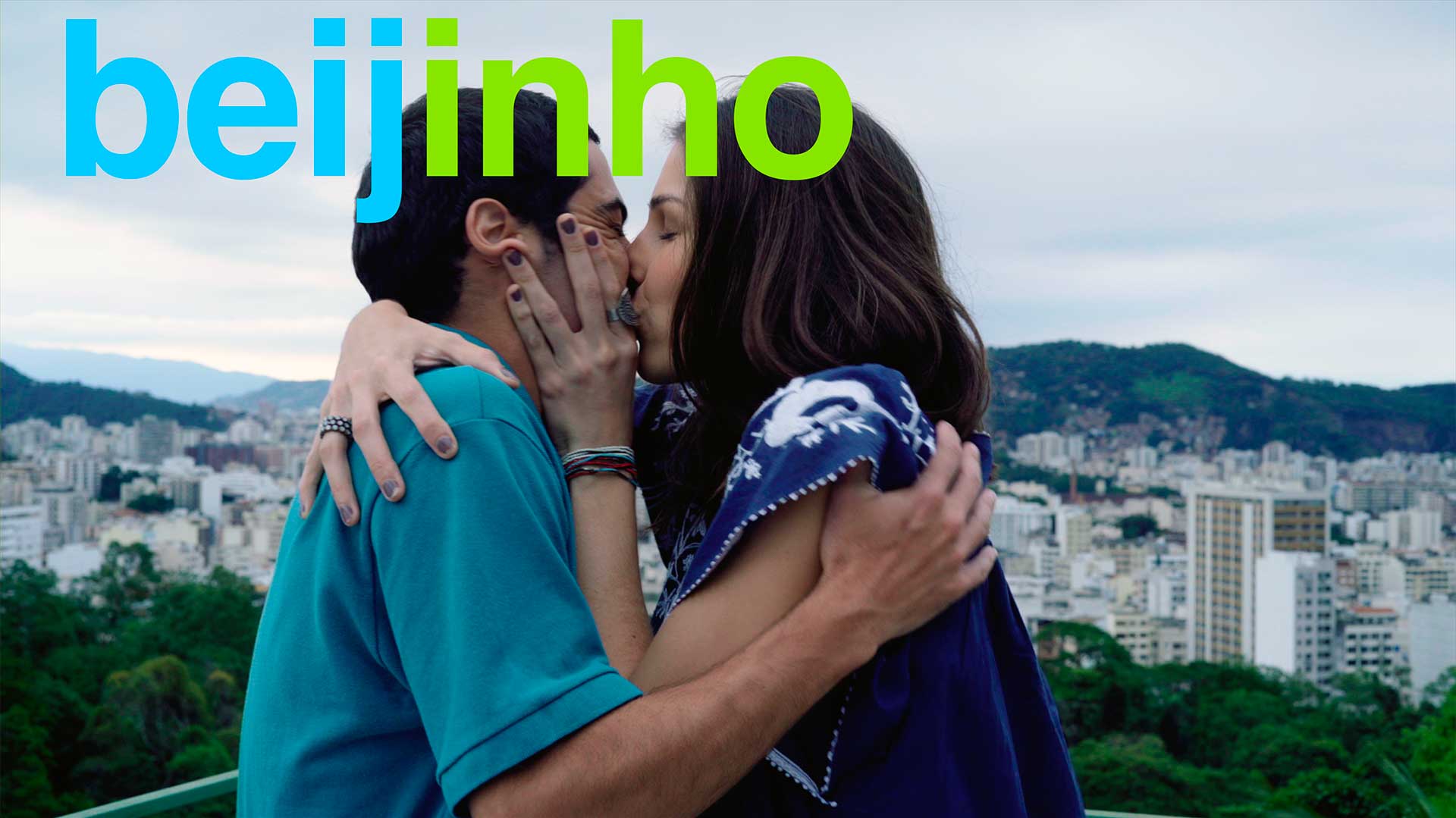
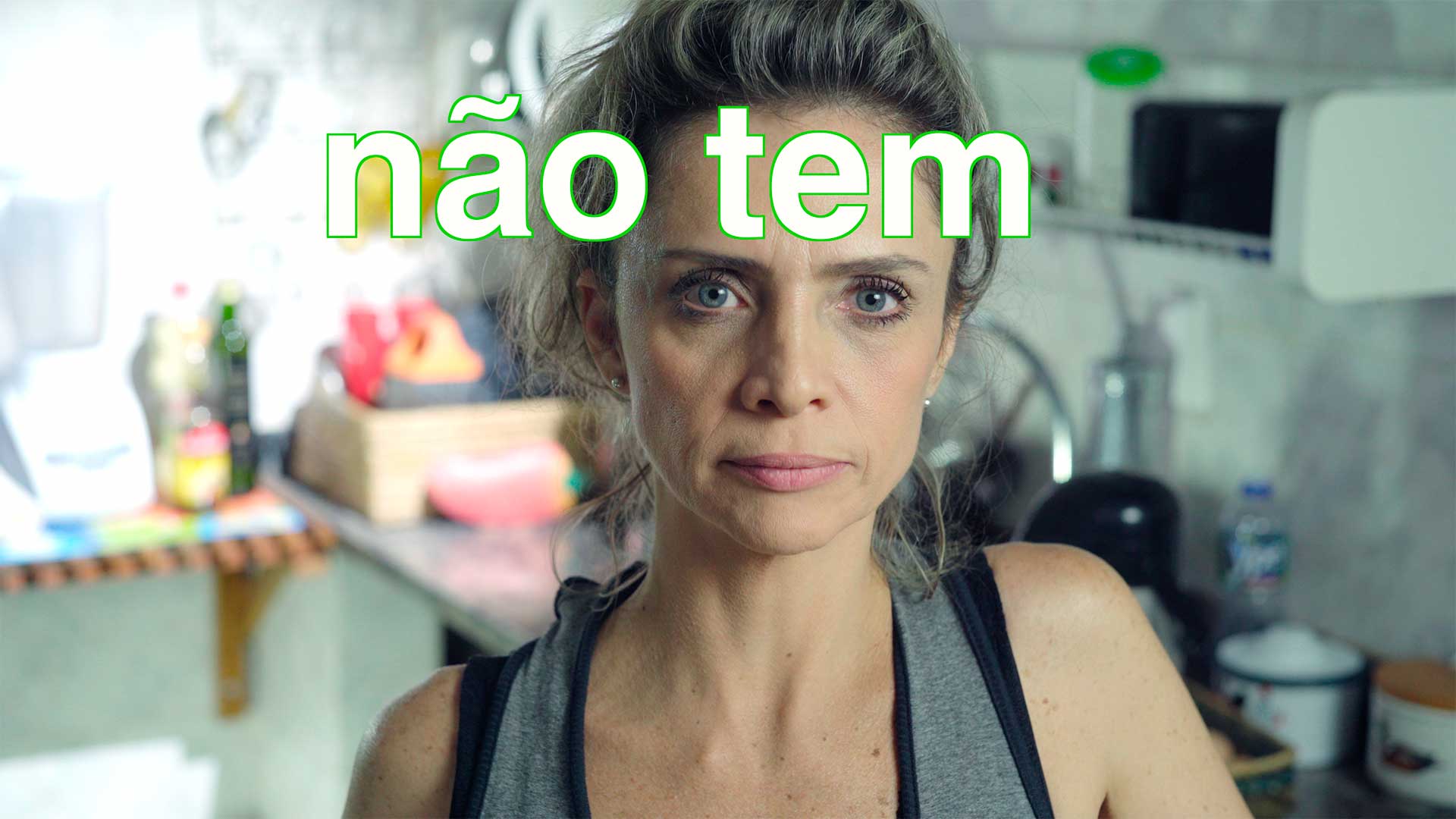
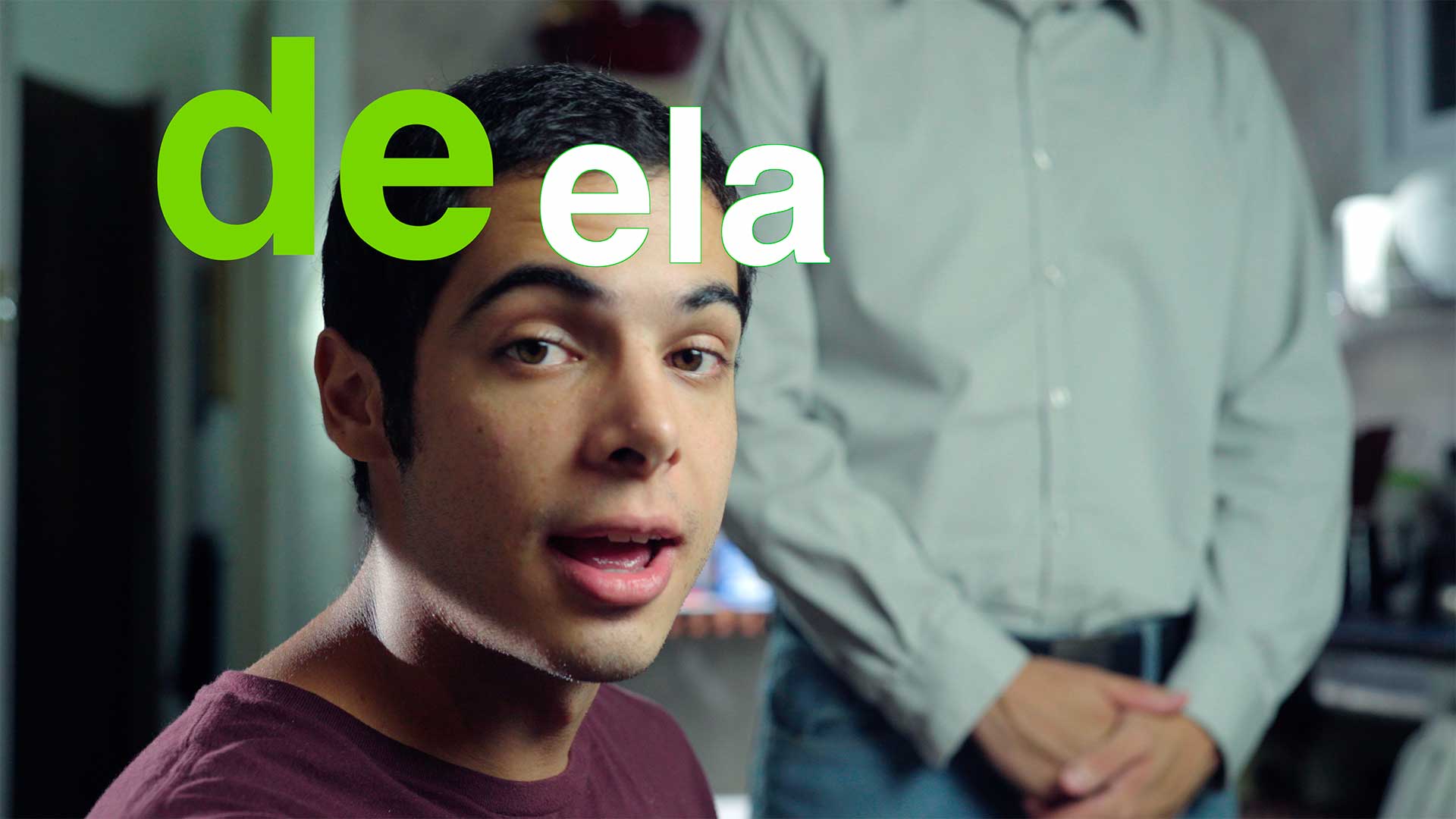
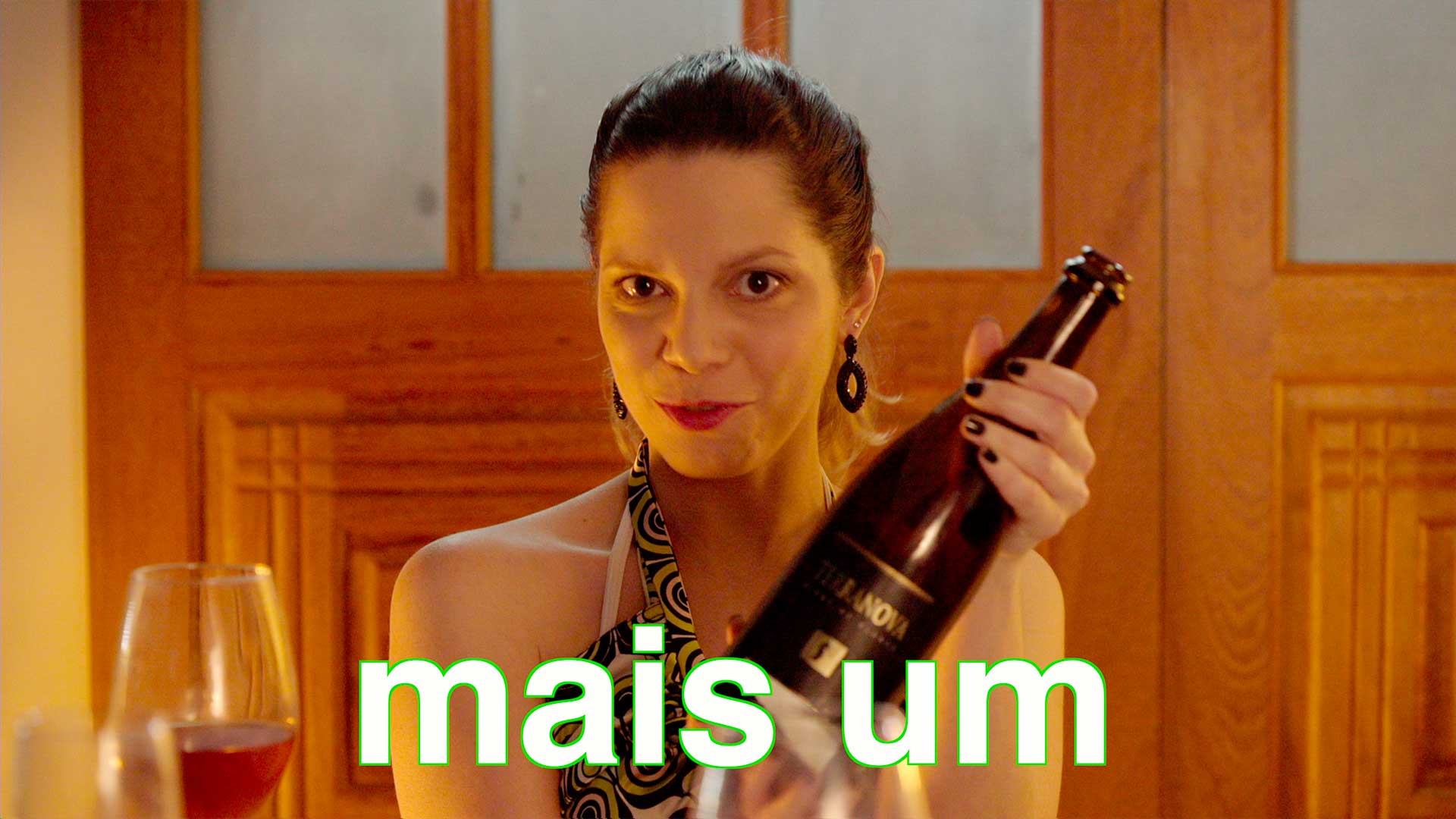
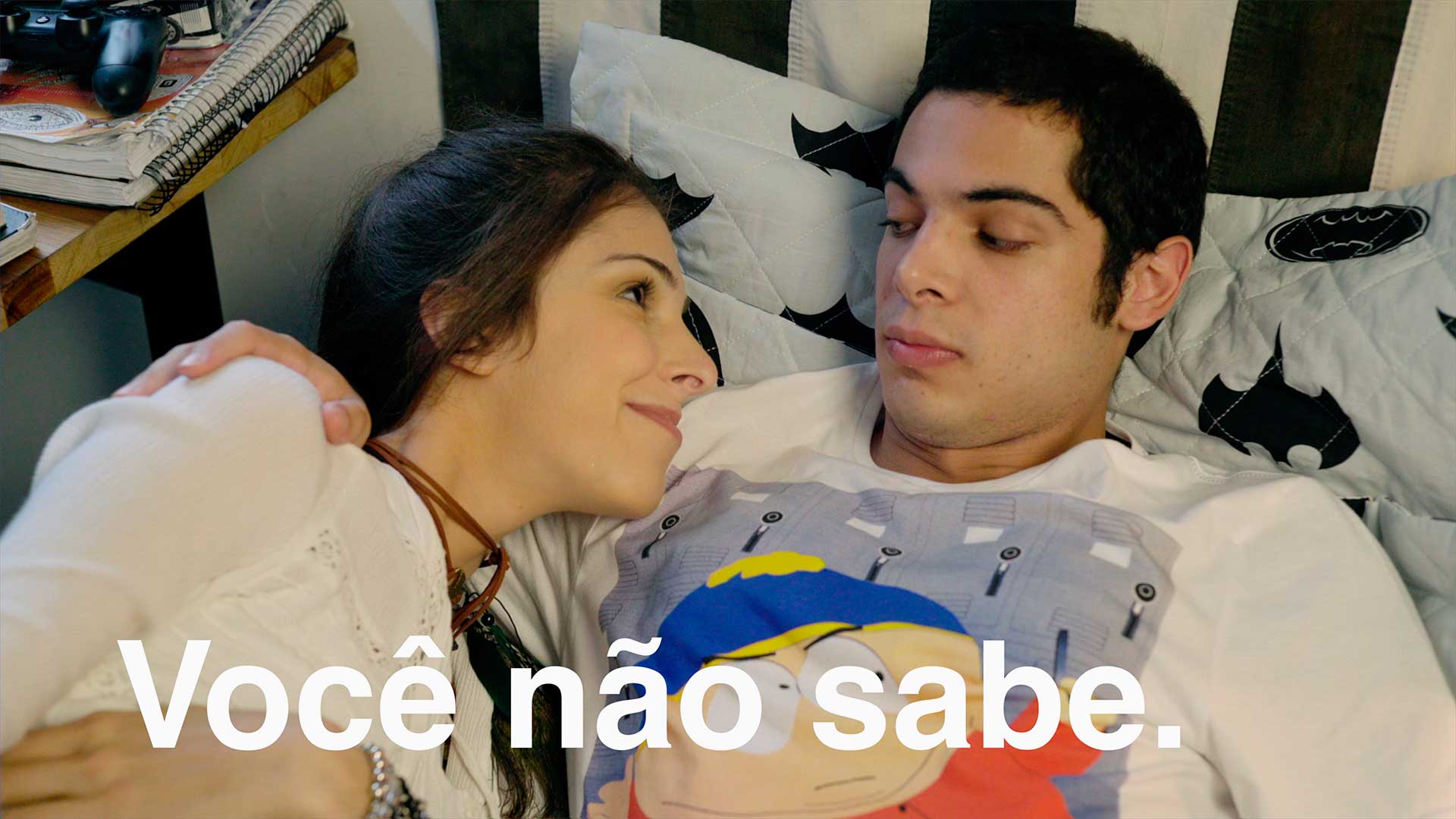
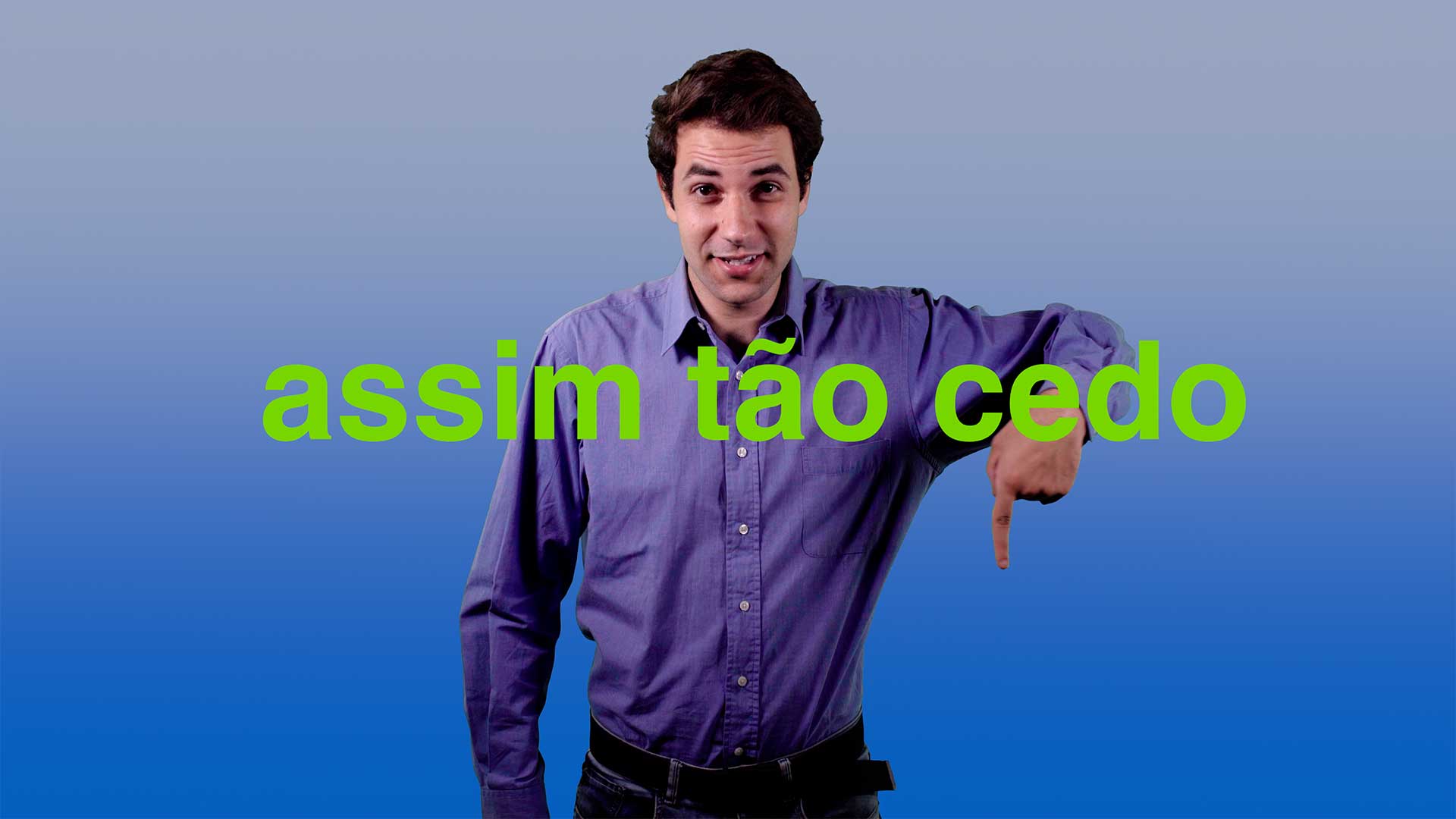
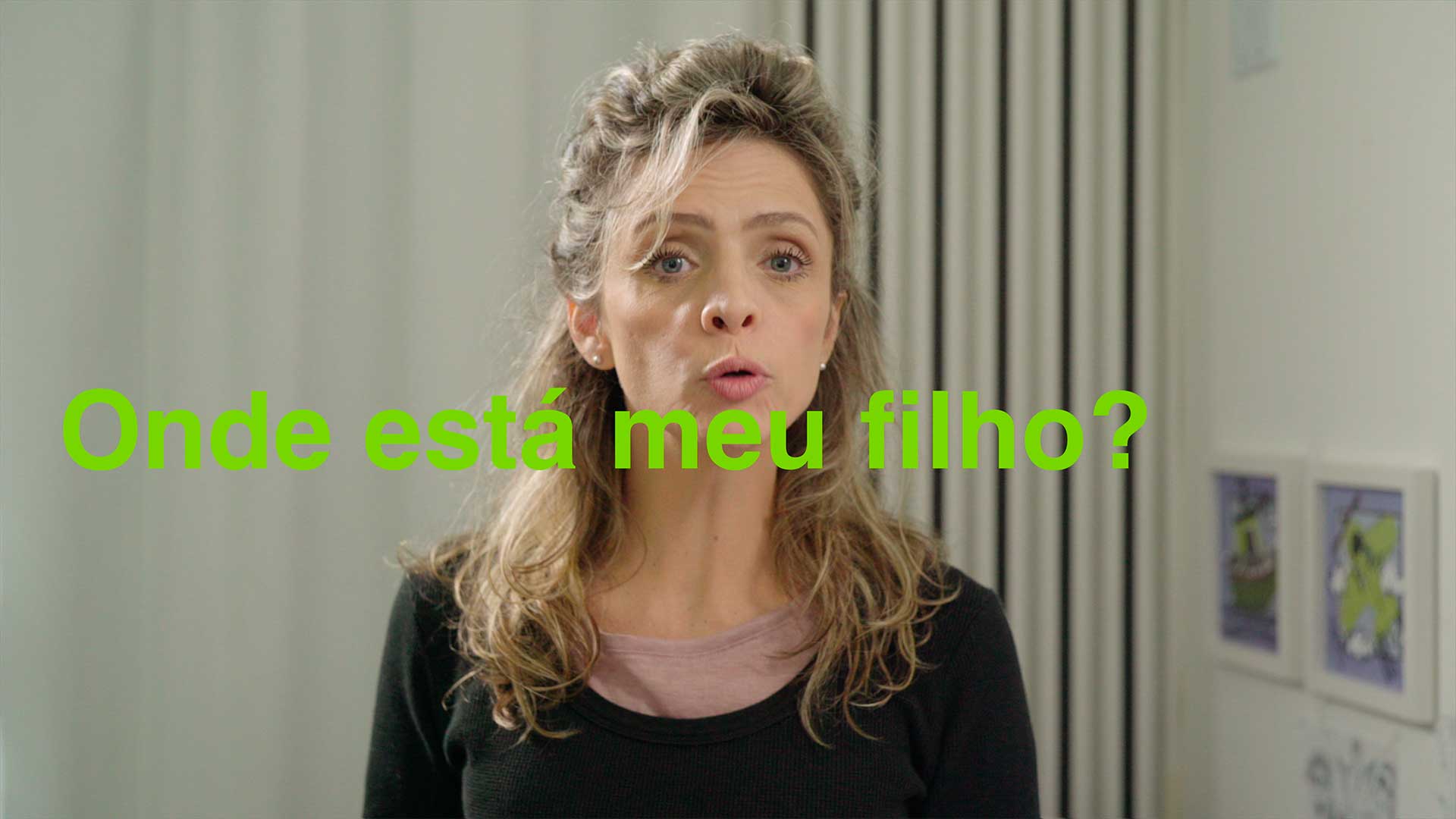
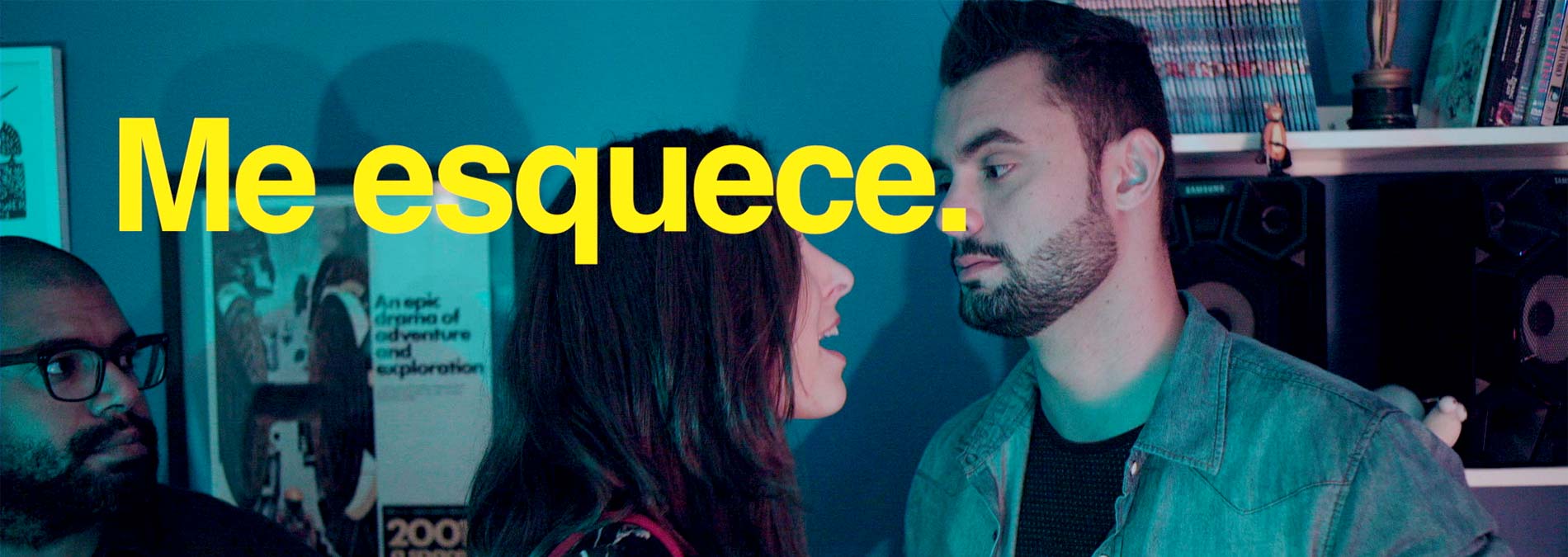
About Vocabulary Training
The way this works is worth reading about. We present new words that will be presented in the dialog in one of two ways: (1: in early chapters) as an audio track; (2: in later chapters) as a video track -- the actual lesson dialog BUT dubbed with a studio narrator's voice just to present a perfect, clean audio track to the student. In either of these formats, the student will see the written transcript of the audio track directly on the page. Each word is automatically highlighted in-sync with the track (!). The student may click on any word or words as the track plays. These will all be added to their training stack. We then launch the vocab app, present the words randomly. The student has to get a word or phrase correct 3 times in order to have it removed from the stack. And, the word(s) are presented with audio + text, audio only and finally text only prompting the student to speak the word(s0 *but only to users that the system detects a working mic (! this was a big deal to program). Any words-phrases that the student does not retire from their deck get passed forward to the next lesson (!). We recognize that building a solid base of vocabulary is absolutely KEY to fluency and that there are no shortcuts.
About the Dialogs
Every dialog in a story follows a grammar map. We try to present only what's already been taught and build on this in each dialog. The way we do this is interesting! We start with a story idea and sketch that out. Then, we write a rough dialog to develop the characters and plot. Finally, we edit the script until it completely matches the study plan (the grammar and vocab). Inevitably, this requires making changes to the story. Often in unexpected and usually fascinating ways! For example, in Eduardo e Monica, we focus only on key grammar and verbs in the present tense. In many instances, the story called for a character talking about things that happened in the past but we had to work around this, presenting everything in the present. Most people don't even notice this fact until we tell them at the end. For this story we set our focus on heart of Portuguese grammar, free from the too many complicated verb tenses.
About the Breakdown
In the previous story (A Virada) we use a talk-show style breakdown with a Brazilian and an American native explaining the dialog line-by-line. The feedback we mostly received was that this method was too time-consuming. The student would have to watch the talk show through the parts that they weren't needing help on, often losing patience and moving on without learning what's really needed to actually advance. In this story we've simply done a written breakdown right below the video dialog. The student can quickly read about the grammar points and the expressions that they need to know about while watching the dialog at the same time. In our research this method is proving much better, much more efficient.
About the Teaching
This is where we go into greater detail and present the grammar rules. We do this by showing the dialog again, this time with "scene-breakaways" that illustrate the rules using video examples. This is powerful. Sometimes a narrator enters into the scene to literally explain a rule, other times we'll show a series of situations that help to demonstrate the grammar. We also document the new grammar with a written summary on the page and then finally, we link to our library of kinetic text grammar topics. These are animations that we've created to visually show how the grammar rules function in the sentence. We like to lead the student into the conversation as quickly as possible, but we also know that learning the core grammar rules allows the student to start building their own sentences and readies them for the next level rather than stagnating at some lower level with a few memorized phrases.
About the Review
After hearing the dialog several times and dissecting it, we do it once more. This time prompting the student to vocalize. We do this by presenting snippets of the dialog again, this time interwoven with a narrator that challenges the listener to repeat things and/or answer questions. We pause the video every time and wait for the student to interact. We look forward to the day when voice dictation technology works reliably cross-browser and will allow even better feedback with the student!
About Testing
We have three different types of tests and we use them at different points in this course to (a) quiz what was recently learned; (b) test all material covered up to a point; (c) allow the student to practice their listening and writing skills. We're finding this to be a moving target as some people want a strict pass-or-repeat test while others don't want any. What we know from experience is that a all students benefit from a certain level of testing, even those uninterested in learning written Portuguese. What's interesting is that through a long period of trial-and-error we've now built a deep library of multimedia questions. The days are fill-in-the-blank are numbered!
